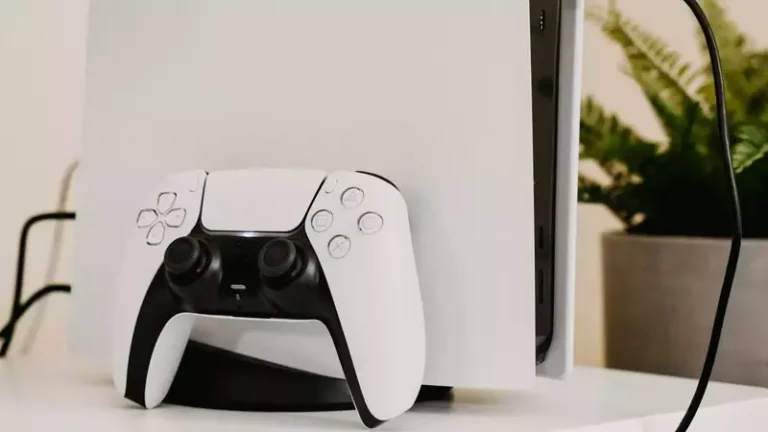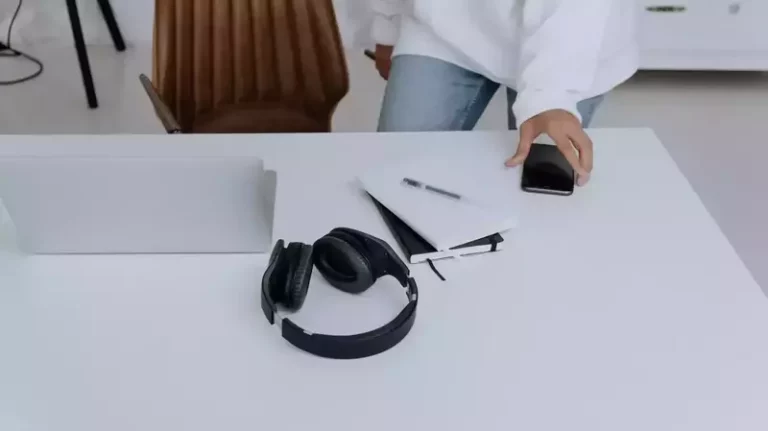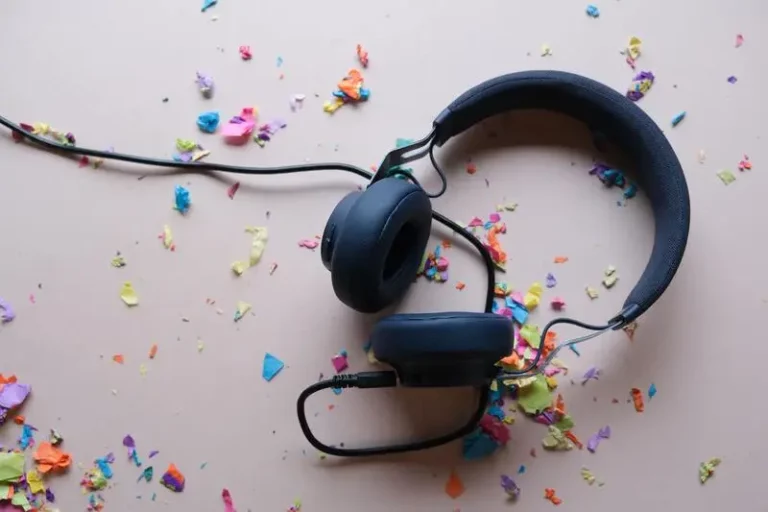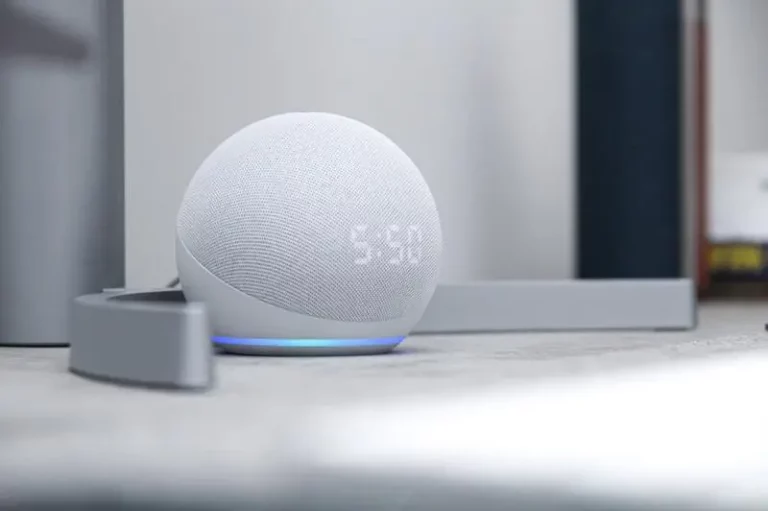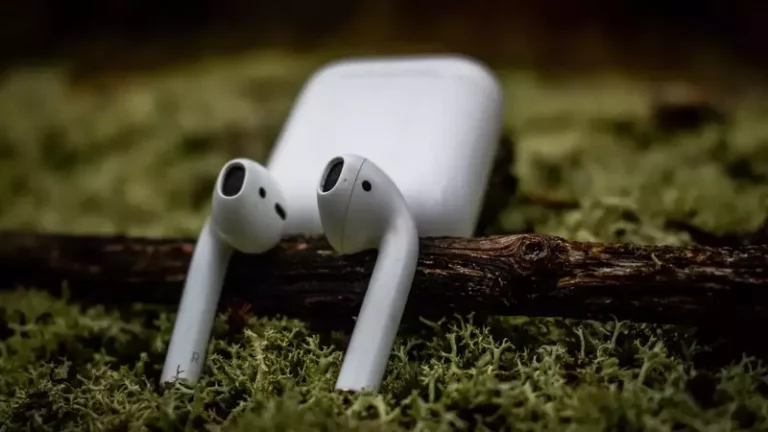Can I wear Bluetooth Headphones in the Shower? (Solved!)
This site contains affiliate links to products, and we may receive a commission for purchases made through these links.
Bluetooth headphones have been available since 2004, and tens of millions of pairs have been sold since then. There is no doubt that Bluetooth headphones revolutionized portable music listening. Nevertheless, can you use Bluetooth headphones while showering?
Yes, you can shower and take a bath with Bluetooth headphones. It’s the IPX rating that determines if the headphones are waterproof or water-resistant. In theory, you can use headphones with a rating from IPX5 to IPX8, but be aware that the warranty from some manufacturers doesn’t apply if used in the shower. You should also avoid using wired headphones while showering due to the higher risk of getting electric shock.
If you are in a hurry and just want a recommendation, I would consider the Jaybird Vista 2. They have a rating as high as IP68, which means they are both dustproof and waterproof. They might be the perfect earbuds for showering, workouts and even swimming. I have written a full review of the Jaybird Vista 2 here if you want to consider these.
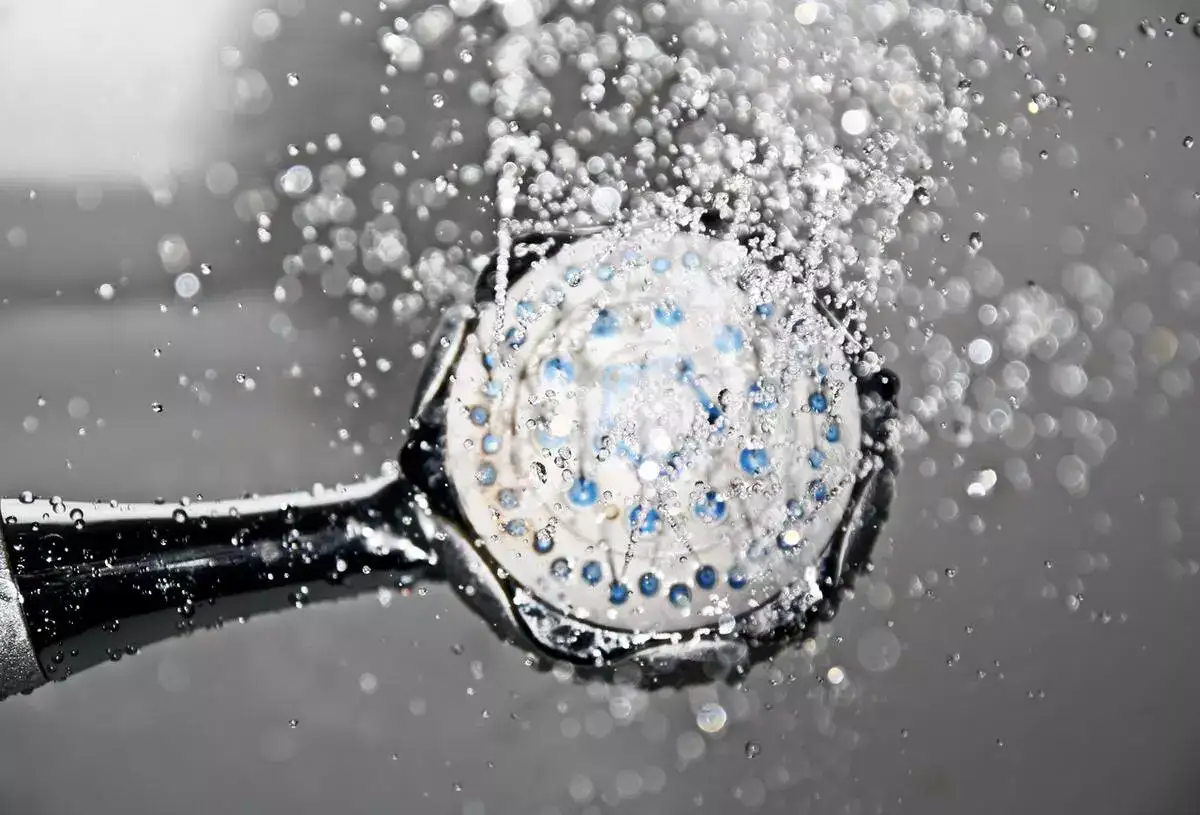
1. IP-Rating Explained
IP-rating may also be referred to as an international defense, ingress security, or international protocol. These ratings are usually printed on the packaging of electrical equipment. In a nutshell, it’s a way of measuring how well a piece of electronic equipment is protected against foreign objects like dust and water.
If you want to use your headphones in the shower or while taking a bath, you should at least look for products with a rating of IPX5 as a minimum. This rating protects against low-pressure water jets from all directions, like a shower.
There are two numerical values: the first indicates dust protection, and the second indicates liquid protection. As you can see, the numbers range from 0 to 8, with 8 being the highest level of protection against foreign objects.
When it comes to headphone manufacturers, they often only rate products based on the protection against liquids. This is why you often see the X in the middle of the rating, like IPX4. In this case, the X symbols that the device is not rated for solid protections, only for protection against liquids.
I have compiled a list of several IPX ranks and what they mean for your better understanding:
IPX0
When the object has a zero, it is neither water-resistant nor waterproof. Protection level 0 states that the device or panel has no special protection against liquids.
IPX1
The IPX1 has a low water resistance rating, and although it will be damaged if submerged in water. A rating of 1 protects against condensation and dripping water.
IPX2
These headphones protect against water droplets deflected up to 15 degrees angle.
IPX3
A rating of 3 protects your device or panel from spray up to 60 degrees angle.
IPX4
A rating of 4 protects against water spray from all directions. With this protection, you can use your headphones while working out and in light rain.
IPX5
Level 5 protects against low-pressure water jets from all directions, like a shower.
IPX6
A rating of 6 means that the device or panel is protected against strong water jets and waves. This means that a shower is perfectly safe, and you can also rinse them off using water from your sink.
IPX7
A rating of 7 protects against temporary immersion of your device or panel. You can swim with headphones with this rating since they can be immersed down to 1 meter for 30 minutes.
IPX8
Finally, a rating of 8 protects against prolonged effects of immersion under pressure.
Water-Resistant Vs. Water-Proof
Instead of using the IP rating on their products, manufacturers often label them “water-resistant” or “waterproof” instead. Such marking of products can easily confuse consumers, and you risk getting your product damaged from water although you thought it was safe.
Water-Resistant
These gadgets have a coating of water-resistant materials (plastics, waxes, and so on) that makes them resistant to water in small portions like splashes. Usually, these products will have a rating of IPX4-6.
Waterproof
Waterproof refers to a device that is impervious to water. For an endless amount of time, they can stay submerged in water and have a rating of IPX6 or higher.
Budget
Waterproof Bluetooth headphones with an IPX rating of 5 or higher come at all price points, and it usually depends on extra features and quality. You can easily get a pair of earbuds with a rating of IPX5 for as little as $10, like these. If price is not your biggest concern, you can consider earbuds like these for almost $1,500.
2. Can You Get Electrocuted By Bluetooth Headphones?
No, you are safe from being electrocuted by your Bluetooth Headphones. Although headphones are electronic devices that use electronic circuits, they use batteries with limited voltage with no harm to humans. If you use wired headphones connected to an AC power source, there is a risk of getting electrocuted.
In their truest sense, Wired headphones are capable of electrocuting you, but they must be connected to a source that can cause damage or a source of power that can cause harm– neither of which are present in Bluetooth headphones.
If you still want to take the risk of taking a shower or a bath with wired headphones, there are a couple of factors you should consider:
Conducting Material
You should always control the materials on the wire and around connection points. It is uncommon to find headphones without plastic over their wires, but bare wires can break free. Even though headphones cannot electrocute you themselves, exposed wires are more susceptible to conducting electrical power from a circuit.
If something happens with the power source, the current from that power source can travel through the wires and get into the water. The current from a power source will travel easily through the water and can electrify you.
In-Line Controls
Using the phone’s in-line controls or the headphone, you can adjust volume and other functions. Several in-line controls are simple and basic, such as volume up and down, call forwarding, and mute.
A feature in Bluetooth devices enables the device controls to be triggered and changed using an app on the phone. One might anticipate that such headphones are not suitable for use in the shower.
However, this would be more than just inconvenient; it could also damage your smartphone.
3. Can You Use Over-Ear or In-Ear Headphones while Taking a Shower?
Over-Ear Headphone
- Their size tends to be larger.
- These are earphones that cover your ears.
In-Ear Headphone
- The size is typically smaller.
- These earbuds go into the ear canal.
There are two types of headphones available: over-ear and in-ear. Traditionally, in-ear earbuds have been more resistant to liquids, and due to their design, they can interact with water. The IPX ratings of in-ear earbuds can reach up to 8, while over-ear headphones often are IPX5 or lower.
4. Duration of Battery Life
With practically every Bluetooth headset having a battery life of 6-8 hours, you won’t have to worry about your headphones running out of power while you’re taking a shower. However, water damage to your earphones can drastically reduce their battery life if they aren’t water-resistant.
5. Are Service Warranties Valid for Water Damage?
Many manufacturers offer warranties, which guarantee the repair or replacement of their products within a given period. Although this seems like a perfect situation, some requirements can make the guarantees challenging.
In this case, I am talking about water damage. Even if a product is labeled water-resistant, it often doesn’t mean they are waterproof to the fullest extent. The IPX rating ensures the level of waterproofing even if it’s not specified on the package. So be sure to understand the IPX rating and instructions of your product before you expose it to water. In most cases, you will be able to obtain a manufacturer’s warranty on an item that was used according to the manufacturer’s instructions.
6. Why Do People Prefer Headphones in the Shower Over Speakers?
Even though some people prefer one thing over another, there is no clear answer to this question. When Bluetooth headphones were not yet invented, people would plug in their speakers before taking a shower.
Conversely, headphones have several advantages over speakers:
- You can isolate the noise in your shower to not wake up someone in the adjacent room, apartment, or unit.
- The sound quality of the music that you listen to is better.
- Using in-line controls exposes your device to water each time you touch it, which is detrimental for you and the device.
- Showering to its fullest.
7. What Bluetooth Earbuds Can Be Used in The Shower or The Bath?
These are good examples of Bluetooth Earbuds you can use in the shower or when taking a bath. If you want a full review of the Jabra Vista 2 you can click here.
Jaybird Vista 2

- IP Rating: IP68
- Active Noise Cancellation: Yes
- Battery Life: 8 hours
Jabra Elite Active 75t

- IP Rating: IP57
- Active Noise Cancellation: Yes
- Battery Life: 5.5 hours
Plantronics Backbeat 500

- IP Rating: IPX5
- Active Noise Cancellation: No
- Battery Life: 18 hours
Bose Soundsport Pulse

- IP Rating: IPX7
- Active Noise Cancellation: No
- Battery Life: 8 hours
8. FAQ
Can I shower with AirPods?
No, you can’t shower or swim with Airpods. Both AirPods Pro and AirPods (3rd generation) are rated IPX4, which means they are sweat-resistant, and earlier models of Airpods are not water-resistant at all. It’s not recommended to shower with any headphones with a rating lower than IPX5.
Is it bad to wear headphones when your ears are wet?
No, not for short periods. If you use in-ear headphones when showering, swimming, or taking a bath, the headphones will block the ear canal and prevent water from getting out.
According to Chief Audiologist-Hearing Aid Specialist Imad Khan Ruman, if the water stays in the ear canal for hours and repeatably for days, there is a risk of getting an infection in your ear.
How can I get rid of water in my ears?
According to LeMay Hearing & Balance, there are a few techniques that will help you get rid of the water in your ears:
– The Gravity/Jiggling Technique: lay on the ground with a tilted head and jiggle the water out.
– The Valsalva Maneuver: hold your nose and blow with modest force.
– The Vacuum Technique: place your hand on top of the ear with water and pump gently to make a vacuum to suck the water out.
– The Hairdryer Technique: use a hairdryer on the lowest setting and dry your ear.
– The Pulling Technique: put one hand on the back of your head and use the other to tug on the outer portion of your ear to straighten out the ear canal and let the water out.
– The Chew and Yawn Technique: move your mouth and jaw by chewing gum and yawning to help the water out.
– The Chemical Technique: there are different chemicals to use if none of the other options helps. Consult licensed medical personal before buying any chemicals for this use.
For a full explanation of these techniques, follow this link here.
9. Conclusion
It may seem unconventional to listen to music while taking a shower, but that is only true for those who have no idea how wonderful and calming music is. However, if you want to use your headphones in the shower, make sure they have a good IP rating and are not connected to any AC power source.
Besides the IP rating, you should consider the style, the battery life, the budget, and the conductivity of the device. Considering all of these factors can influence whether or not the product can be used in water. Overall, it would be best to handle your equipment with caution and a thorough understanding of the product specs.

Espen
Espen is the Director of ProPairing and has written extensively about Bluetooth devices for years. He is a consumer product expert and has personally tested Bluetooth devices for the last decade.





